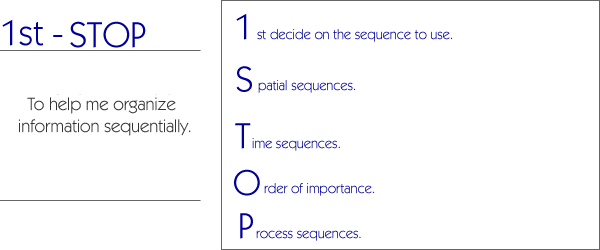
|
When studying information that can
be organized sequentially, decide if the information can
be arranged by putting it in a spatial order, putting it
in a time order, ranking items by their importance, or ordering
steps in doing a process. Then use the step that corresponds
to the type of organization you selected. For all types
of sequences, use two techniques to help you organize the
information. First, use visualization where you try to picture
the sequence in your mind's eyes. Secondly, use self talk
where you read the items in the sequence and explain to
yourself why they are in this order.
|
|
|
1 st
decide on the sequence to use.
- Look over the information you are studying
and ask yourself if this information can be organized on the
basis of space, order of importance, or process sequence.
|
|
S patial
sequences.
- Spatial sequences involve analysis
of how things look in space (e.g., the location of the planets
from the sun, the four time zones in the US, or the relationship
between weather and distance from the equator). It also might
help to draw a simple picture to show the information.
- To help understand and recall spatial sequences,
try to visualize in your mind's eye how the information looked
when you saw it. When studying, look at the spatial sequence,
then shut your eyes and try to visualize it. For example, when
studying the four time zones, look at the map with the time
zones, then shut your eyes and picture the map in your mind's
eye).
- You should also use self talk to identify
meaningful associations between the items in the sequence (e.g.,
"The east coast is on the
right side of the map and the west coast is on the left. I know
that New York is in the eastern time zone and that it is later
than the time in the rest of the country. I know that Chicago
is in the middle of the country and that it is in the central
time zone. Then, the Rocky Mountains are in the mountain time
zone. California, which is on the west coast and on the Pacific
Ocean, is in the pacific time zone. If you start with the eastern
time zone, each of these time zones is one hour later than the
next one. If it's 10 p.m. in New York, it's 9 p.m. in Chicago,
8 p.m. in the Rocky Mountains, and 7 p.m. in California.").
- Another helpful strategy for recalling
and understanding spatial sequences is to use color or other
visual cues (e.g., "I'm going
to color each of the countries nearest the equator red to show
that they are hot because of their location.").
- Use of mnemonics may also help with recalling
and understanding spatial sequences (e.g., to recall the names
of the planets in order from the sun: Mercury, Venus, Earth,
Mars, Jupiter, Saturn, Uranus, Neptune, and Pluto, use the sentence:
"My very eager
mother just set up new pickles.").
|
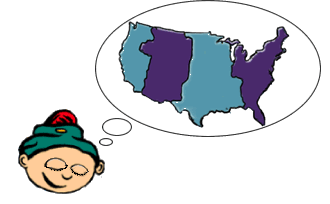 |
T ime
sequences.
- To help understand and recall time
sequences, create a time line or a visual organizer.
- Draw a line and write important dates
on one side and corresponding events on the other side. Or,
you can make a time line or a visual organizer with just the
events in order.
- For example, for a time line of the
events surrounding Pearl Harbor, write December 7, 1941 - Japan's
surprise attack on Pearl Harbor, then write December 8, 1941
- US declares war on Japan, and then December 11, 1941 - US
declares war on Germany and Italy. Numbering the events may
help you remember the order.
- As you write each event on the time line,
say the date, the event, and explain the relationship between
each of the events on the time line or visual organizer. This
will keep you from just trying to memorize without understanding
the basis for the items in the sequence.
|
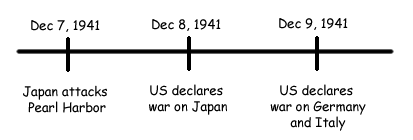 |
O rder
of importance.
- Sequences with order of importance
involve analyzing concepts and rating them from the most important
to the least important.
- To create sequences of items ranking
of importance, make a list and number the items. The first item
will be the most important and each item will be less important
than the one before.
- Rewrite your list in the correct order.
- Read the list aloud and explain to
yourself why the first item is most important, the second less
important, and so on.
- For example, to recall the names of the presidents
in terms of their rankings of importance, make the following
list: 1. George Washington, 2. Abraham Lincoln, 3. Thomas Jefferson,
and 4. Franklin Roosevelt. Use self talk to describe why this
ranking has been made. "George
Washington is ranked first because he was able to bring the
country together at the time of independence. Without him, the
country may not have been successful in breaking away from England.
Abraham Lincoln was ranked second in importance because he was
able to bring us through the Civil War and prevent the country
from breaking into two separate countries. Thomas Jefferson
was important because he doubled the size of the country by
buying the Louisiana Purchase. Franklin Roosevelt was important
because he got us through the Depression and World War II."
|
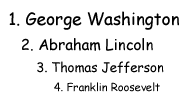 |
P rocess
sequences.
|
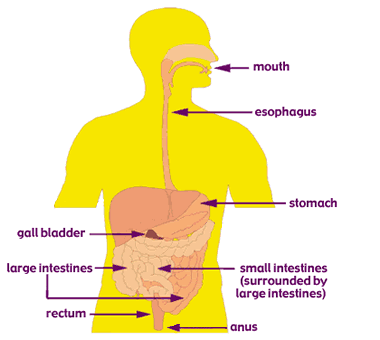 |
|






